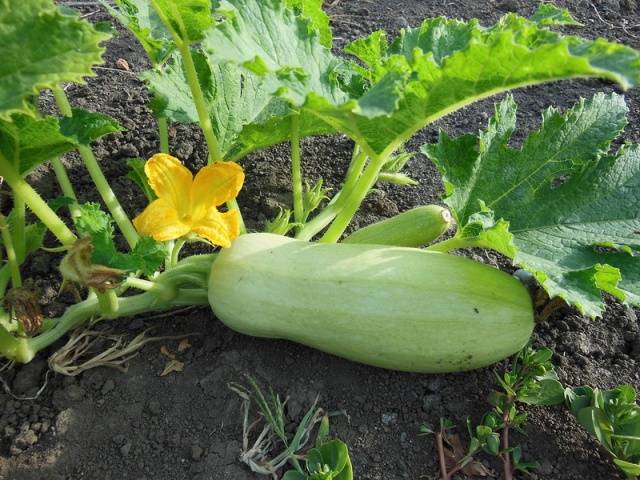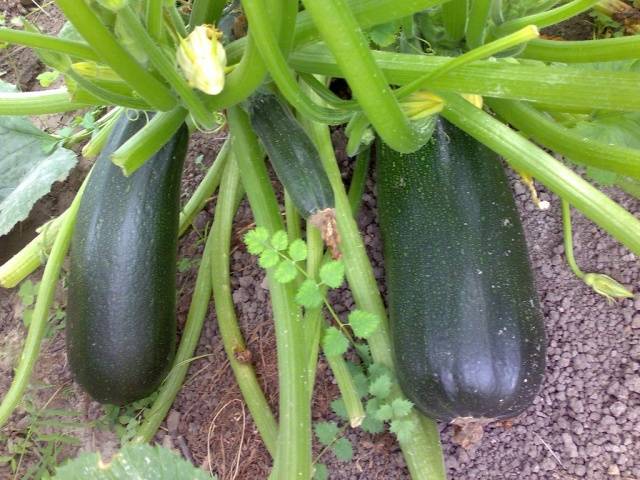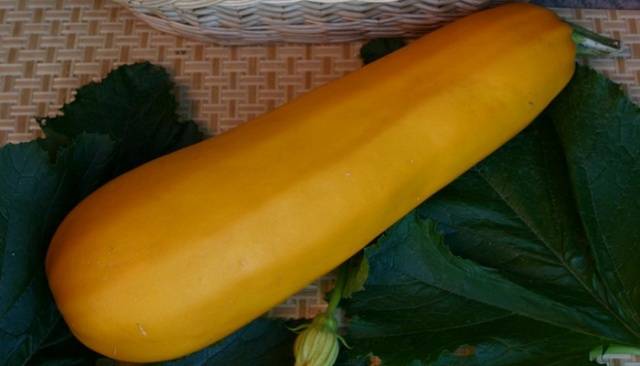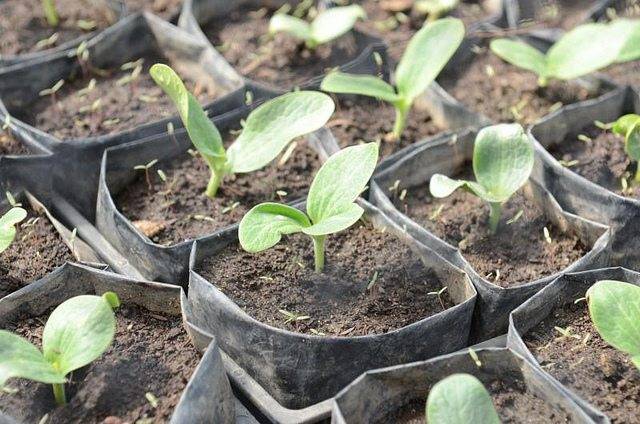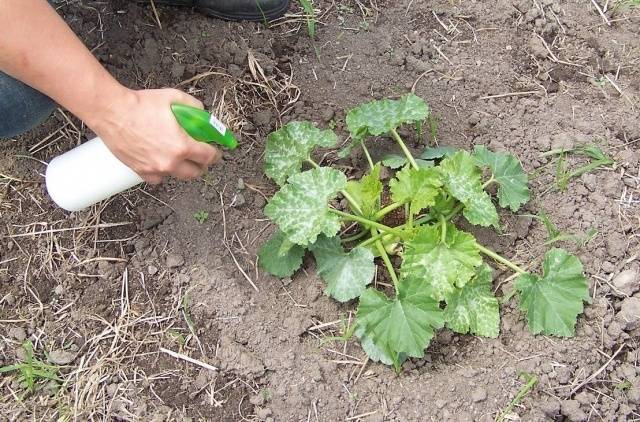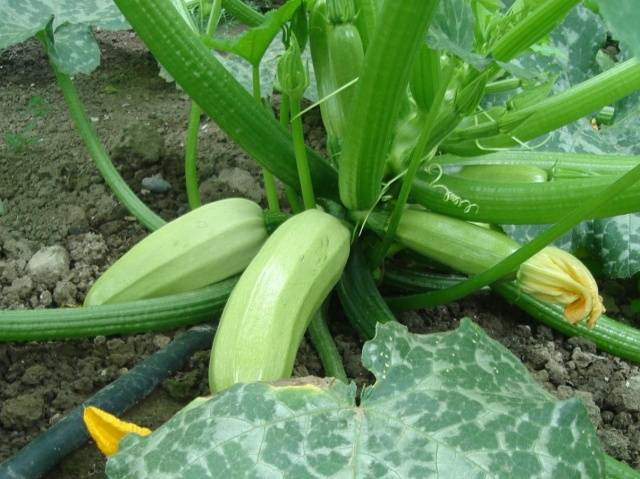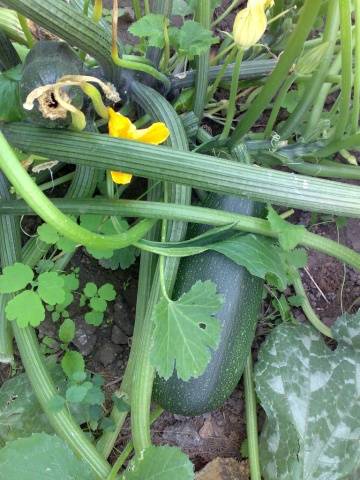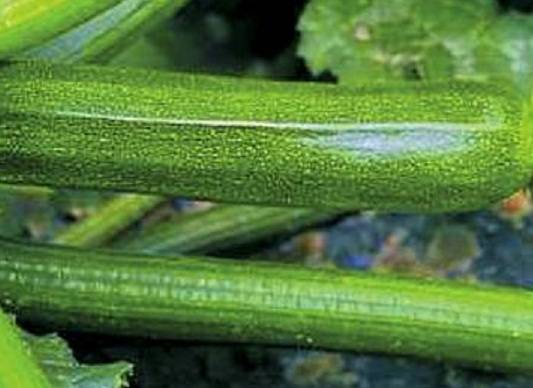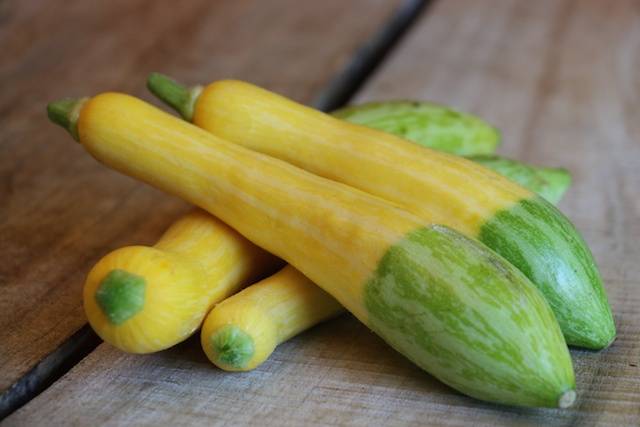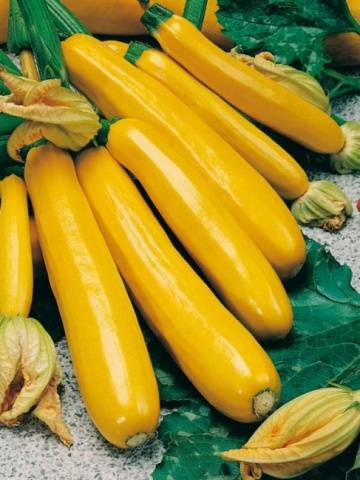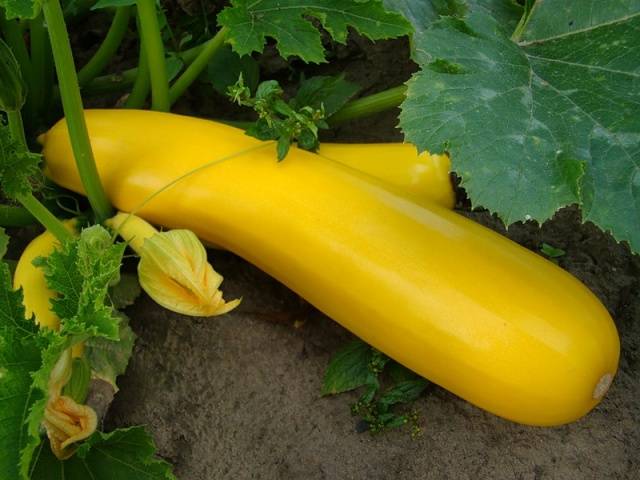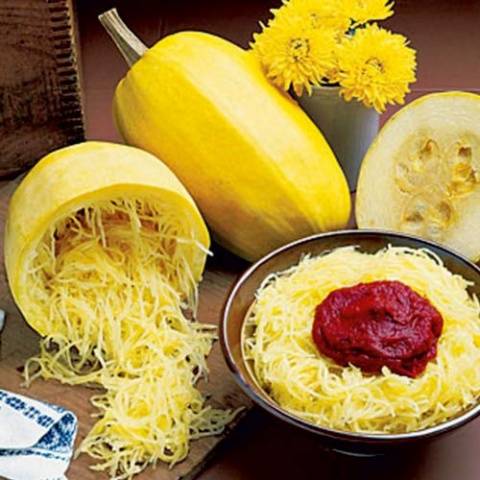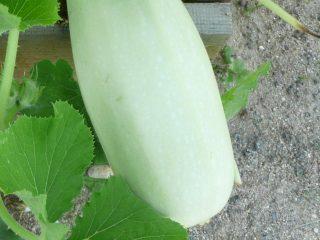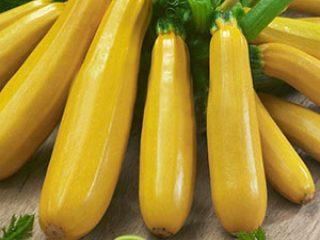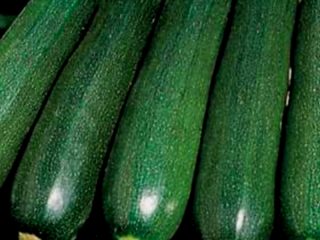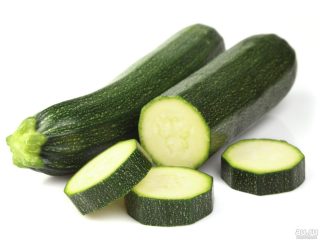Content
Zucchini It has long gained popularity due to its numerous beneficial properties and extreme unpretentiousness to growing conditions. The second feature of the plant, namely its undemandingness to climatic and weather conditions, as well as care, makes zucchini one of the most common vegetables in central Russia. The Moscow region is no exception to this rule; gardeners in the region actively grow the plant, achieving excellent results both in open ground and in film-covered greenhouses and greenhouses.
Growing zucchini in the Moscow region
Agrotechnical techniques used for growing zucchini in the Moscow region are practically no different from those used in other regions of the country. With some degree of convention, they can be divided into several stages.
Variety selection
Currently, breeders from various countries have developed a huge list of varieties and hybrids of zucchini with various properties and characteristics. All varieties of zucchini can be divided into:
Domestic. Their undoubted advantages are:
- adaptability to local conditions;
- as a rule, high rates of cold resistance, allowing them not only in central Russia, which includes the Moscow region, but also in the northern regions of the country;
- high taste qualities of the plant, especially when using fruits for canning, since this aspect was purposefully controlled by domestic breeders.
Examples of the most popular Russian varieties of zucchini are Tsukesha, Tender marshmallow, Spaghetti and many others;
- foreign hybrids. In some cases, the developments of foreign breeders also deserve close attention. Such varieties, as a rule, are more demanding to care for, but at the same time they have high yields, thin skin and excellent taste, especially high when fresh. Foreign hybrids are less suitable for storage and preservation, although some of their varieties have the necessary qualities and properties. The most famous are considered Parthenon, Iskander, White Bush and Golda.
It should be noted that the differences between domestic and foreign varieties are not so significant as to make a clear choice in favor of one of the groups.
Preparing and planting seeds
Zucchini is grown using two different planting methods - seeds or using seedlings. Seeds in both cases are prepared approximately the same.
Planting seeds for seedlings begins much earlier - approximately in the second half of February or towards its end. In order not to damage the root system during subsequent planting in the ground, it is better to plant the seeds in special pots with a soil mixture purchased or prepared independently.Sprouts usually appear within 3-5 days. Their cultivation occurs most quickly at a temperature of 18-20 degrees. After emergence, fertilizing is required, usually with a solution of mullein.
When the seedlings reach 25-30 days of age, they become suitable for planting in the ground.
In case of planting seeds directly in open ground, it is necessary to wait for a stable soil temperature of about 12-14 degrees.
Seeds, like seedlings, are planted in a square-cluster method with a cell of 0.7 * 0.7 m. A little closer planting is allowed, but not much. The number of seeds dropped into the prepared holes is usually 3-4. After planting and fertilizing, mulching is done with humus.
Care required by zucchini (varieties for the Moscow region)
Growing zucchini does not require a lot of attention and time. It is enough to follow a number of simple rules:
- after emergence, very carefully loosen the top layer of soil no deeper than 5 cm;
- Regular, but not frequent (once a week is enough) watering - about 10 liters of not cold, but preferably lukewarm water for every 1 sq. m;
- feeding plants, carried out with mullein solution or purchased complex fertilizers. It is enough to carry out 2-3 feedings per season.
Following simple rules for caring for zucchini will allow you to achieve good crop yields in the Moscow region.
Harvest and storage
The frequency of harvesting and storage conditions for fruits are almost entirely determined by the characteristics of each individual variety of zucchini, as they can vary over a very wide range. For example, zucchini squash should be harvested in most cases every 2-3 days, while white squash should be harvested once a week.
An example of growing zucchini is in the following video:
The best varieties of zucchini for the Moscow region
The number of varieties and hybrids that are successfully grown by gardeners in the Moscow region is very large and amazes with the variety of zucchini varieties presented.
Iskander F1
Zucchini hybrid Iskander F1 bred relatively recently by breeders in Holland, it first appeared in Russia in the Krasnodar region. The main advantage of the zucchini hybrid is its high yield, achieved with proper and regular care - 17 kg per bush. The fruits of the hybrid have the usual cylindrical shape, pale green color with some coating, visually similar to wax. Zucchini fruits are in most cases small in size, rarely weigh more than 0.5 kg and grow more than 25 cm in length. In addition, another advantage of the hybrid is its fairly high cold resistance, which is rarely found in foreign zucchini.
Zucchini variety Tsukesha
The domestic breeders who created this variety of zucchini showed both a good sense of humor, as the name suggests, and high professional qualities. Their level is confirmed by several advantages of zucchini:
- high yield of zucchini, which reaches 12 kg of fruit from each bush, sometimes exceeding this figure;
- versatility of the variety according to the method of use. Zucchini zucchini Tsukesha excellent for both fresh salads and for canning or cooking by heat treatment;
- the ability of zucchini to be stored for a long time at low temperatures. For example, zucchini can stay in the refrigerator for several months without losing its taste and other qualities;
- versatility of zucchini variety based on soil type.Zucchini Tsukeshu can be grown in open ground and in greenhouses or greenhouses.
Parthenon F1
The work of Dutch (like the Iskander hybrid) breeders. It appeared in domestic conditions relatively recently, but thanks to a number of advantages it quickly gained popularity and fame among Russian gardeners. The main ones are the following:
- the hybrid is parthenocarpic, therefore it does not depend on pollination by insects and continues to form fruit ovaries without problems in cold and rainy weather;
- has high productivity;
- has sufficient resistance to diseases most common in Russian areas;
- the fruits of the hybrid have high taste characteristics, confirmed by many domestic gardeners.
Delicate marshmallow F1
The zucchini hybrid Tender Zephyr, bred by Russian breeders, has several qualities that distinguish it from other zucchini:
- delicate sweetish taste, unique only to this zucchini hybrid;
- characteristic and original two-color color, slightly reminiscent of the Zebra variety, but still significantly different from it;
- versatility of the hybrid in terms of cooking method. While exhibiting excellent taste properties when fresh, it does not lose them during heat treatment or canning.
The name of the zucchini hybrid once again emphasizes the main advantage - excellent and rarely found taste.
White Bush F1
The White Bush F1 zucchini hybrid was bred by Danish breeders working at approximately the same latitude as central Russia, in particular the Moscow region. Therefore, it does not seem at all surprising that the hybrid is perfectly suited to the conditions of the region. Its main qualities are as follows:
- according to the ripening period - an early ripening variety of zucchini;
- by type of consumption - universal. Can be used as food after heat treatment and in canned form;
- color, shape and size of the fruit – white cylindrical fruits, length – up to 20 cm, weight – 0.6-0.9 kg;
- yield - about 12 kg/sq. m.
In addition to the above qualities, most of which can be considered undoubted advantages, the zucchini hybrid also has a long fruiting period (more than 2 months), resistance to major diseases and excellent taste.
Golda F1
The hybrid zucchini Golda F1 belongs to the mid-early zucchini, the first fruits of which can be harvested after 45-50 days. The plant has a powerful bush structure and fairly large fruits of an elongated cylindrical shape with a slightly ribbed surface. The size of ripened zucchini fruits is quite large: weight - more than 1.5 kg, length - up to 40-50 cm. Zucchini greens of small sizes can be used for food and processing: 0.2-0.4 kg in weight and up to 20 cm in length.
The zucchini hybrid Golda F1 has a high degree of resistance to almost all diseases. In addition, it has high taste qualities, which it exhibits in almost any form: in various dishes, canned or pickled, as well as in the super popular squash caviar.
Zucchini variety Zolotinka
Variety Golden stands out not only for its striking bright appearance associated with the golden color of the fruit. In addition, zucchini has several more undoubted advantages, which include:
- early fruit ripening;
- fairly high yield of the variety combined with relative unpretentiousness to growing and care conditions;
- universal use in any type of soil: both closed and open.
One bush of Zolotinka zucchini squash usually produces about 15 fruits with an average weight of approximately 0.5 kg.
Spaghetti variety
The Spaghetti variety, bred by domestic breeders, stands out even among the riotous variety of zucchini varieties. This variety acquired its name due to the striking similarity of the fruit pulp to acquire an appearance during heat treatment that is extremely similar to ready-made regular spaghetti. This occurs due to the fact that the pulp breaks down into fibers that are relatively long and have a characteristic white or pale yellow color. Only fruits after the final stage of ripening have such unique properties.
In addition to the outstanding appearance of the finished product, Spaghetti squash also has the ability to long-term storage for 8-10 months without loss of taste characteristics.
Conclusion
The conditions of the Moscow region are quite suitable for successfully growing zucchini, which is popular in Russia. And the variety of varieties and hybrids available on the market makes it easy for every gardener to find exactly the right variety of plant for him.
